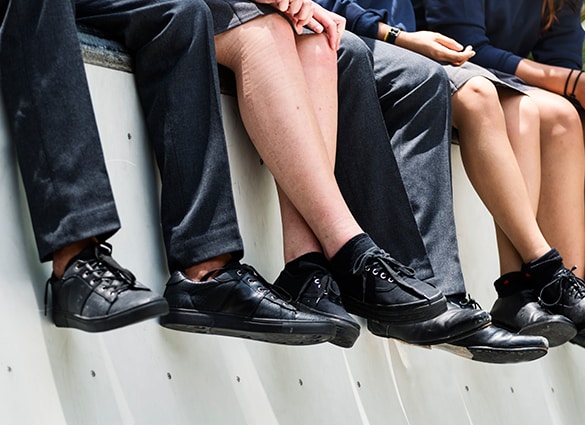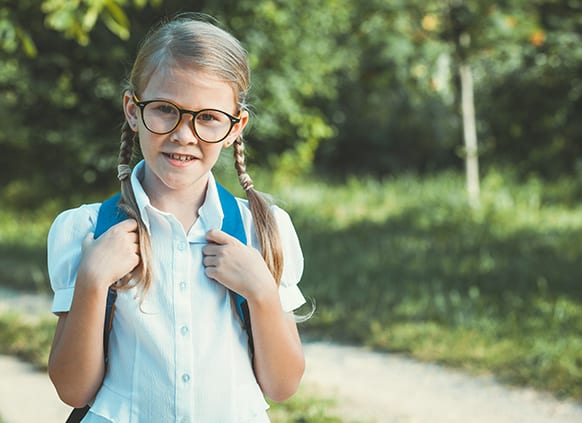
Experienced by one in three children
During pre-school and early primary school years many children experience relatively severe pains in their legs at night, often after a strenuous day of activity.
Usually dubbed ‘growing pains’, there is little known about why these pains occur. In fact, most experts believe there is little connection between these pains and growth spurts, except for the fact that they usually occur during a period of rapid growth.
A recent Australian study showed one in every three children experiences ‘growing pains’ in their legs. This world-first research is investigating whether there is an association between children’s foot posture and leg pains.
What causes growing pains?
There is no consensus as to what causes ‘growing pains’, but three theories dominate:
- Poor posture: standing or walking abnormally puts greater than usual strain on the supporting muscles of the body. Children whose feet roll in (are very flat or pronated) may have more trouble with growing pains than other children.
- Muscular Tiredness: strenuous activity throughout the day, resulting in muscle fatigue in the legs, may contribute to the pain in some children.
- Poor flexibility: during periods of rapid growth the child’s muscles and tendons may become tight, restricting available motion in the joints of the legs, feet and ankles.
What are the symptoms of growing pains?
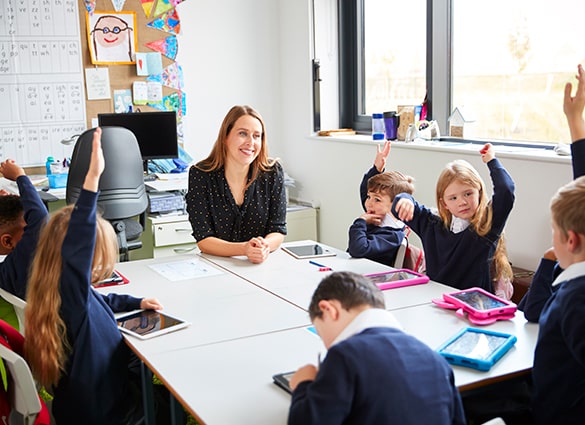

Pain in the legs
Pain in the legs referred to as ‘growing pains’ tend to:
- occur late in the day or at night and may wake the child from sleep
- occur in the muscles, not in the joints
- affect both legs, not one
- be felt in the front of the thighs, the calf area or behind the knee
- be gone by morning, causing no limping or difficulties while walking or running
- appear to be linked with increased activity levels
How are growing pains diagnosed?
‘Growing pains’ are diagnosed by firstly making sure there is no other cause for pain. Serious health problems that can cause pains in the legs include rheumatoid arthritis, infections like osteomyelitis, a bone infection, and tumours. You should always seek medical advice if your child:
- has severe pain that only affects one leg, or is still present during the day
- is unwell or has a fever or loss of appetite
- has swelling, redness or tenderness around a joint, or is limping
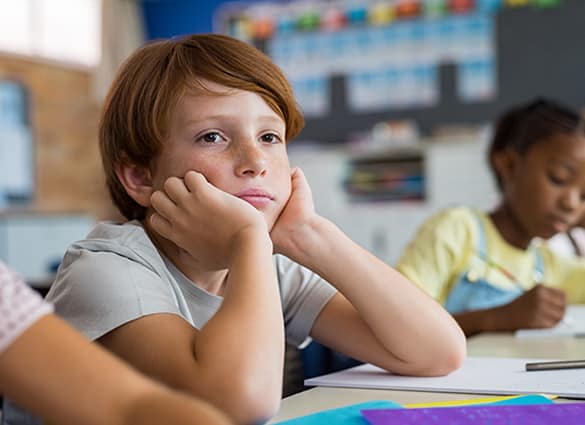
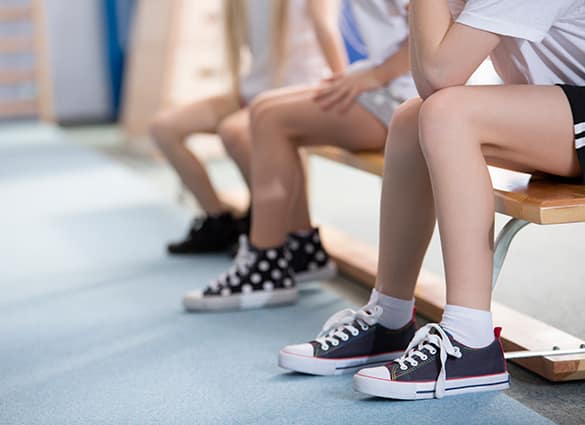
Treating growing pains
Growing pains can be treated by:
- Foot posture: have a Podiatrist check your child’s foot posture, gait and school shoes. If your child has flat feet (pronated) this may be contributing to the development and frequency of growing pains.
- Heat: give your child a warm bath or heat packs before bed.
- Muscle stretching: this involves stretching the calf and thigh muscles of each leg, usually towards the end of the day.
- Massage: this may be beneficial especially during an acute episode. Use a massage oil or sorbolene cream to massage the thigh and calf muscles.
- Fluids: encourage your child to drink plenty of water during the day, especially on hot days or when playing sport when they will sweat a lot.
- Medication: paracetamol may also help to reduce pain.
What should I do if my child has growing pains?
Our podiatrists in Brisbane Northside include specialists in children’s foot problems.
If your child experiences ‘growing pains’ or you are at all concerned about your child’s foot health or development, contact us.
